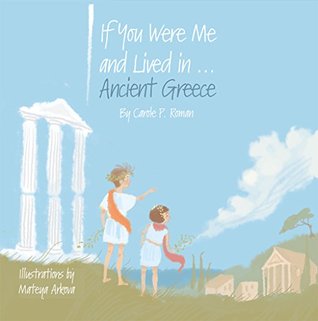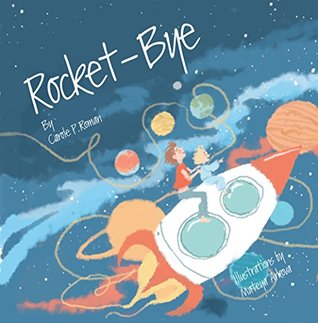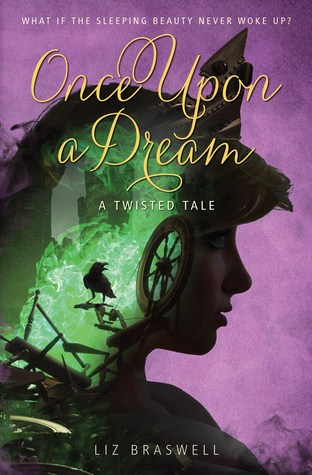The name is Cleary, Brian P. Cleary. No - he's not a secret agent, but he does have super powers that he uses for good. He is a prolific author and a favorite of children and teachers because of books like A Lime, A Mime, A Pool of Slime: More About Nouns and Hairy, Scary, Ordinary: What Is an Adjective? His Words Are CATegorical series is a staple in many English Language Arts classes across the country, as well as gracing the library shelves. He has a unique talent for presenting concepts in an interesting and rhyming way that makes learning easy to do.
One of his latest projects is the Poetry Adventures series, with each book featuring a particular poetic form. I've had the pleasure of reading the galleys for several of the titles and they are just as amusing and captivating as his other books. (Ode to a Commode: Concrete Poems is sure to capture the attention of reluctant poetry students.) After reading I Saw an Invisible Lion Today: Quatrains, I asked if it would be possible to interview Brian for our library blog and he was gracious enough to agree. Here are his responses to the questions I sent, as well as some photos and links to additional information. Enjoy!
1. Do authors write all day, or do you do other things, too? What does a typical day include?
Authors are so different from one to the next, so I can only speak for myself. Any day that i am not visiting a school, I am writing lyrics for songs like this for AmericanGreeetings.com
2. Why did you decide to write about nouns and verbs and other language arts things in such a fun way?
I wanted to create a little cheat-sheet kind of rhyme to help people remember the function of these parts of speech, and hopefully make it fun.
3. Where do you get topics/ideas for the poems you are writing in the Poetry Adventures books?
I just notice a lot of things and i write notes to capture them. Whether it's about students or messy rooms, or the gross microwave in the cafeteria, I write down the spark of the idea, and then try to develop it.
4. Did you like school when you were a kid? Were you good at writing then?
I liked my teachers, but I would rather have been doing something else. I showed some promise at writing from a pretty early age (maybe 9 or so?).
5. Who were your favorite authors when you were a youngster? Who are your favorites now?
Dr. Seuss, e. e. cummings, Ogden Nash, Beverly Cleary. I like mostly novelists now that I am older.
6. How long does it usually take you to finish writing a book?
A short book like the ones that explain a single concept (like nouns) might take me 2 hours a day for 10 days, whereas, Rainbow Soup;Adventures in Poetry is 96 pages long and that took a whole summer.
7. Do you get asked at every place you visit if you are related to Beverly Cleary? (It must get tiresome.)
I get asked that all the time. She just turned 100 recently, and i am not (despite my pleas to her attorneys) related to her.
8. What do you have planned for your next project?
I am finishing up a book on Personification.
9. It's almost summer. What is your favorite vacation?
I loved Paris, Vienna and Wiesbaden, Germany.
10. Is there anything else that we didn't ask, but you think we would enjoy finding out about you?
Here's something: I keep in touch with many of my elementary school teachers! I dedicated a book to each of my grade school teachers in the 3 states I went to school in, and mailed them a copy. Several of them swap Christmas cards with me, and I spoke on the phone with my 2nd grade teacher last year, and the year before I went the 90th birthday party of my 6th and 8th grade teacher (I had the same for both).
Mrs. Tama and Brian at her 90th birthday party
For even more information, check out this Q&A that Brian shared with us: http://www.brianpcleary.com/pdf/Yellow_Brick_Road.pdf.
Brian - thanks again for answering our questions, and for all the awesome books you have written. (And if you ever get the word from your attorneys that you are now related to Beverly Cleary, tell me how you did it. I will use your methods to become related to Kevin Costner and have him endow our school library!)











